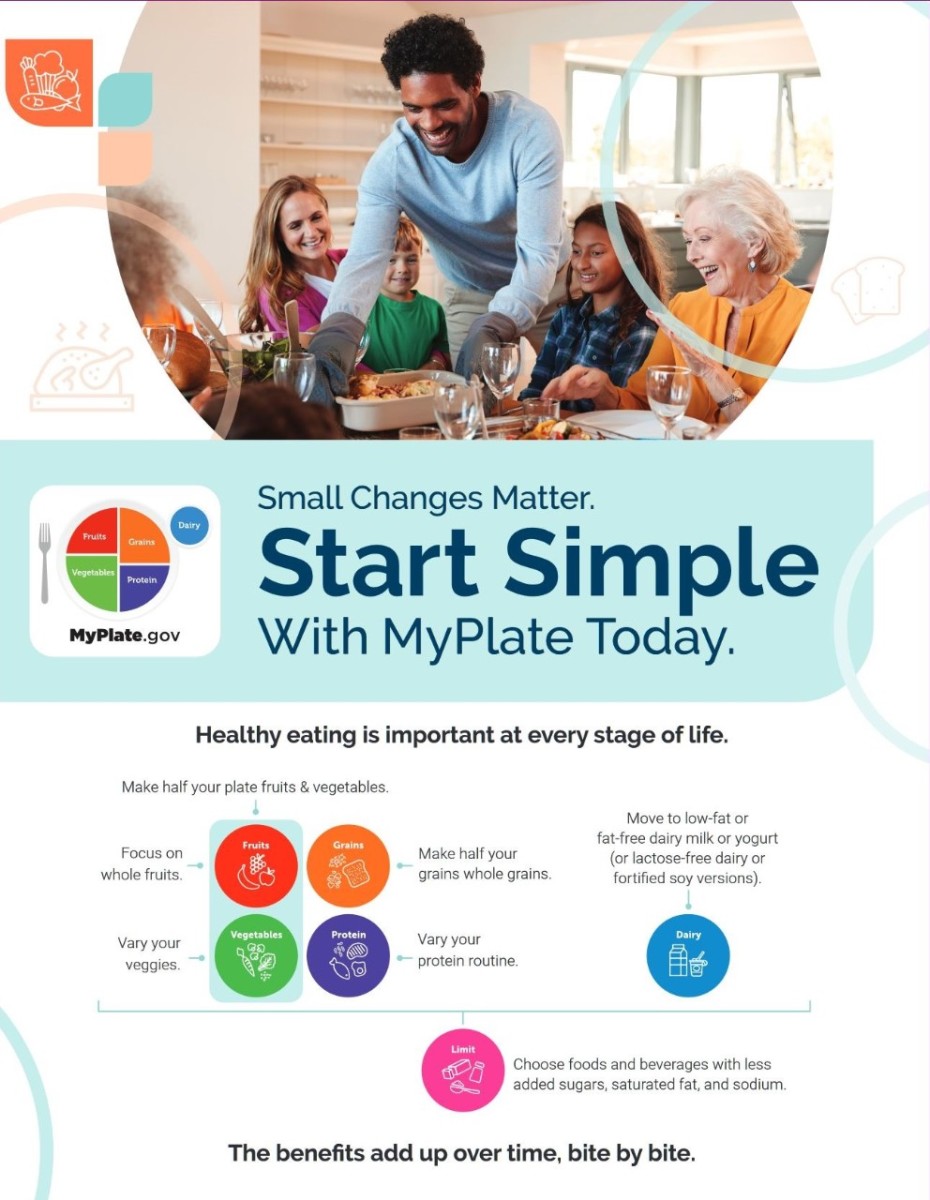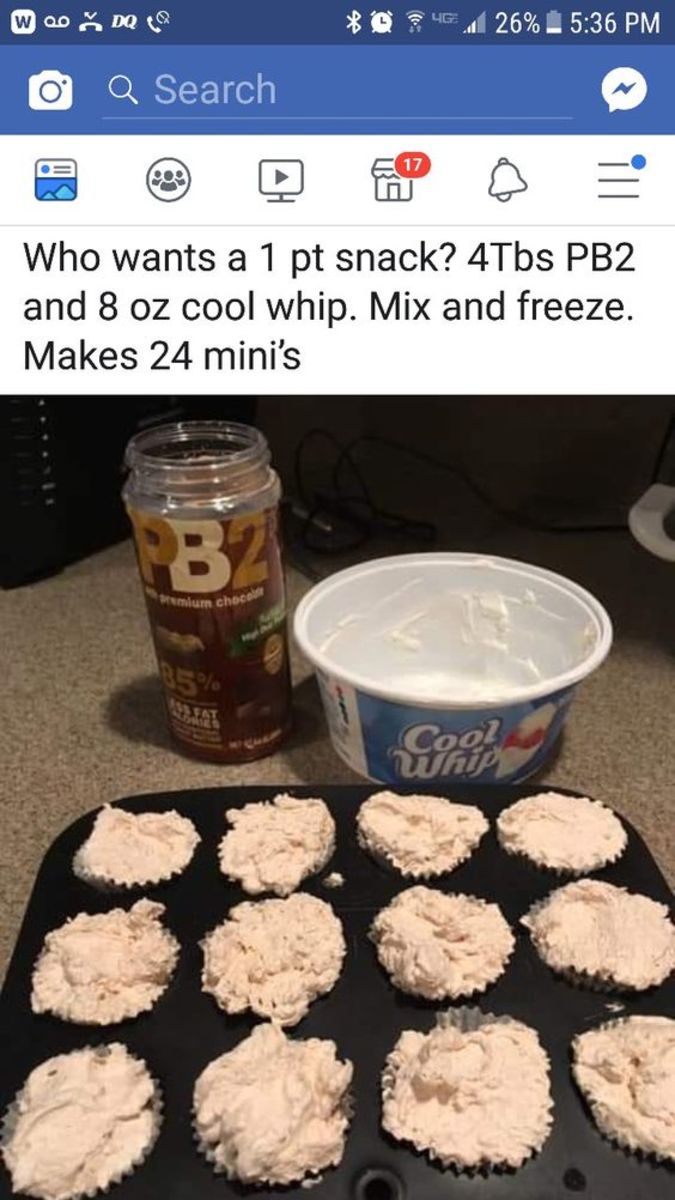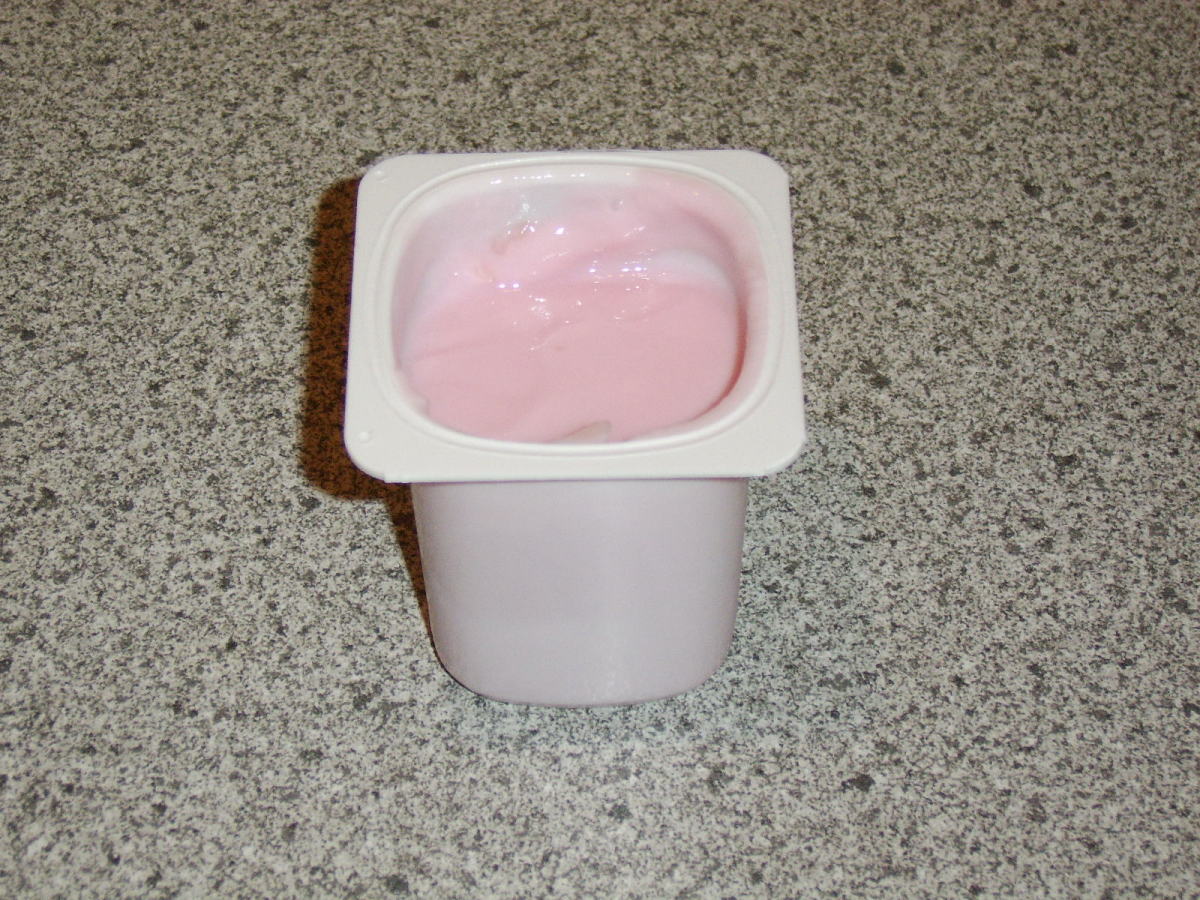Popular Forms of Dieting and Which Produce the Best Results

© All Rights Reserved
If diet is the selection of ” food and drinks considered in terms of its qualities, composition and its effects on health,” then I’ve always been on a diet. It’s one steeped in the paradigm of Chinese food habits and one that works for me. I’ve maintained my weight without having to go to extremes, eating the various categories of foods (carb, protein, fats, vegetables and fruits) in moderation. However, I do have a weakness for white rice and noodles—a weakness that I’ve been trying to change. But on the whole this diet, detailed in my hub, “Chinese Girl Shares Chinese Weight Loss Secrets” has kept my weight in check.
But a diet plan that works for one may not work for another because there are other factors that come into play. Genetics (some have pointed to the fat gene theory), slow metabolic rate, age, gender, medical condition, lifestyles and environment play a part in this weight and health balance. Keeping an ideal weight is a major concern as evidenced by the amount Americans spent annually on weight loss products, foods and services—a whopping estimated $42 billion. The last I checked, there are at least 95 diet plans out. From names like-- Cheater’s diet, Cookie diet, This is Why Your’re Fat to Skinny Bitch-- there are enough out there to tempt just about anybody who is looking for a diet plan that will work for them. How do you distinguish a fad diet from one that actually delivers? Or do diet plans even work? I’ve done some research and here’s the lowdown on some of the popular diet plans.
But first, let’s look at some of the some of the diet plans out there and how they stack against the healthy norm. According to the FDA, a healthy diet should include 60% of calories from carbohydrate, less than 30% from fat, about 10% from protein. An average of about 2,000 to 2,400 calories a day (depending on activity level and gender) is also recommended.
Some Common Diet Plans and Their Dietary Characteristics (adapted from Weighing the diet books)
Type of Diet
| Examples
| General Dietary Observations
|
|---|---|---|
Balanced nutrient,
| Dash diet or diet based on
| Carb: 55 to 60%
|
moderate-calorie approach
| MyPyramid food guide
| Protein: 15 to 20%
|
Jenny Craig
| Fat: 20 to 30%
| |
Nutri System
| About 1,200 to 1,700 calories a day
| |
Weight Watchers
| ||
Volumnetrics
| ||
Sonoma Diet
| ||
Very low-fat
| Ornish Diet
| Carb: 65%
|
high-carbohydrate approach
| Pritikin Diet
| Protein: 10 to 20%
|
Fat: less than 10 to 19%
| ||
Limited intake of animal protein, nuts, seeds and other fats
| ||
Low-carbohydrate,
| Atkins New Diet Revolution
| Carb: Less than 20%
|
high-protein,
| Scarsdale Diet
| Protein: 25 to 40%
|
high-fat approach
| Fat: less than 55 to 65%
| |
Moderate-carbohydrate,
| The Zone Diet
| Carb: 40 to 50%
|
high-protein,
| Sugar Busters
| Protein: 25 to 40%
|
moderate-fat approach
| South Beach Diet
| Fat: 30 to 40%
|
Very low-calorie diet
| Medifast
| Less than 800 cal/day
|
Optifast
| ||
Online Weight Loss
| eDiets
| Meal plans and online tools for helping weight loss.
|
DietWatch
| ||
The Biggest Loser Club
|
Most diet plans work on the main principle of adjusting or limiting calorie intake. As a result, most diet plans include some of these measures:
- Eliminate or restrict certain food groups (some cited the evil of carbohydrates, some limit protein, yet others insist on eliminating fat altogether)
- Portion control by providing prepackaged meals, snacks or even drinks
- Alters meal patterns or content
- Control food intake through point systems or monitoring
The recent 2011 Consumer report has come up with its top five diet plans. The report is based on a number of factors including nutrient content, weight loss (both long and short term) and dropout rates with data collected from published data. Some critics have pointed out that Jenny Craig came out tops because it was largely funded by erh...Jenny Craig. This report is by no means the ultimate guide to your selection of diet plans--always read their dieting philosophy and see if it works for you.

1. Jenny Craig
Founded in 1983 in Australia by Jenny Craig and her husband, Sidney Craig, this diet plan combines nutrition, physical activity and counseling to help weight loss. The program relies rather heavily on prepackaged food and has been part of the Nestle Nutrition since 2006.
- Dieters are assigned a calorie level (ranging from 1,200 to 2,300 calories a day) after evaluation.
- Dieters are shown how to follow that level by using a combination of Jenny Craig's prepackaged foods and grocery-store foods.
- Diet focused on complex carbohydrates, healthful unsaturated fats and lean proteins
- The idea is to think of foods in terms of food groups (protein, carb, vegetables, fruits, diary, et) instead of individual calories.
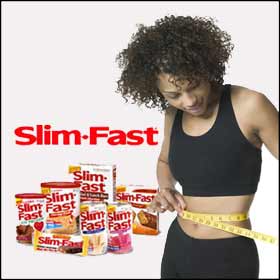
2. Slim Fast
Slim Fast is a convenience diet based on the use of shakes, bars, snacks and packaged meals to help weight loss. As of late 2009, the diet plan has been modified with a simple catchy 3-2-1 plan, denoting three 100-calorie snacks, two 200-calorie meal replacements (such as shakes or meal bars) and one balanced meal (about 500 calories).
- Eat one balanced meal a day
- Slim-fast products such as shakes, bars, soups, frozen entrees are used to replace other meals.
- Exercise at least 30 minutes a day.
- Website offers all kinds of tips from how to prepare for a marathon to connecting with other slim-fast dieters for support.
Weight Watchers Tips to Lose Weight.
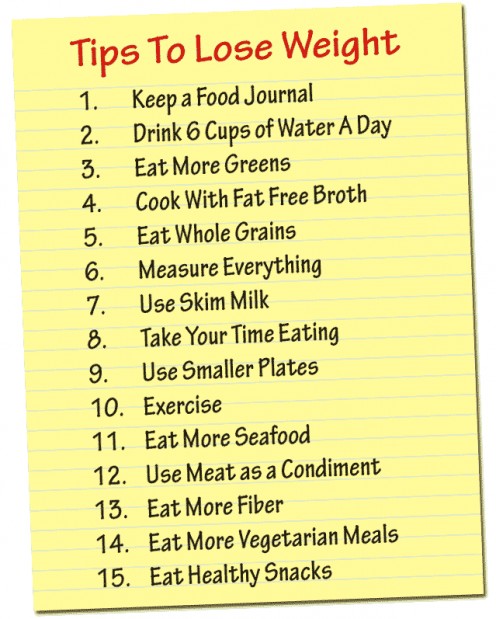
3. Weight Watchers
You may see Jennifer Hudson smiling at you and flaunting her new slimmer figure on the weight watchers website. Her face is presently synonymous with the weight loss plan. Originally founded in 1963 by Brooklyn homemaker, Jean Nidetch, it is now an international company with offices in over 30 countries. Using scientific research as their basis, the plan promises to boost weight loss with smarter food choices, healthier eating habits and regular exercise.
- Use weigh-ins, weekly meetings and point system to keep track. The newer Points Plus system emphasized the need to choose power foods (foods rich in protein and fiber).
- Flexibility to eat any foods (provided they add up the daily target number of points).
- Occasional indulgences allowed.
- Adopt a holistic approach which serves to modify food behavior, encourage exercise and provide group support.
- Promises weight loss up to 2 lbs a week.
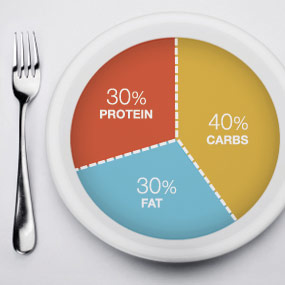
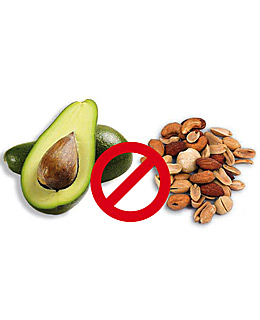
4. The Zone Diet
Author and creator of the Zone diet, Barry Sears, PhD, contends that the precise combination of protein and carbohydrates can put you in a metabolic “zone” to help facilitate fat loss and keep hunger at bay. He advocates a diet consisting of 30% protein, 30% fat and 40% carbohydrates to boost metabolism and reduce risks of heart disease, high blood pressure and diabetes.
- No calorie counting
- Dieters are encouraged to maintain an ideal ratio of protein to carb at each meal.
- Each daily plan is divided into 3 daily “zone-friendly” meals and 2 “zone-friendly” snacks.
- Small amount of protein used at every meal, approximately the size of your palm.
- Moderate amount (twice the amount of protein size) of favored carbohydrates such as fruits, vegetables, whole grains, beans and lentils are encouraged.
5. Ornish Diet
When cardiologist Dean Ornish started the diet program to help patients reverse heart disease, he had no idea it would eventually become a weight loss diet plan. He believes that it is not how much you eat that matters, rather, what you eat—hence the catch phrase “Eat more, weigh less.”
- No need to count calories
- Eat lots of vegetables, bean, legumes, fruits, whole grains.
- Moderate amount of no-fat to low-fat dairy products, egg whites and frozen dinners.
- Foods to be avoided: meats of all kinds (however, if you must eat, very little), all fats, oils, nuts, seeds, avocados, refined carbohydrates such as white rice, white flour and sugar.
Which Weight Loss Plan Work for You?
That’s the consumer report list. You may not agree with the findings. With so many diet plans on the market, it boils down to a matter of personal preferences and what you know will work for you. Research shows that it really doesn’t matter what diet you’re on as long as you are able to stick to the diet and make lifestyle and dietary changes that facilitate weight loss.
Still confused? Don’t be. Here are some successful weight loss strategies, whether you’re planning on using a diet plan or doing it on your own:
- Personalize Your own Weight-loss Plan
The way your body loses weight is a highly individualized matter—the plan that works for your friend may not work for you. Pick one that you know you can live with since diet is not a bus that you can get on and off at various points of your life—think of it as a life-long commitment to healthier eating and lifestyle habits. Choose foods you like or can learn to like, instead of trying to be a food martyr. Many people have found success by just following their own diet-and-exercise regimen.
- Set Realistic Achievable Goals
Losing 20 pounds a week, just in time to dazzle in the summer swimsuit may conjure pictures of before-and-after amazement but you may also be setting yourself up for failure. Instead, set realistic goals—the ideal way is to lose one to two pounds a week. In the book, “Personal Nutrition,” authors Marie A. Boyle and Sara Long advocate the “10-calorie” rule to help you lose one to two pounds of fat a week. Simply multiply your weight with 10 pounds and keep your diet within or under that count. For example, if you weigh 170 pounds, plan your daily diet to fall under 1,700 calories. You will then work your way down as your weight falls with more circumspect eating habits. Gradual weight loss accompanied by healthy lifestyle changes will bring more enduring results.
Some of my weight loss strategies: Portion Control
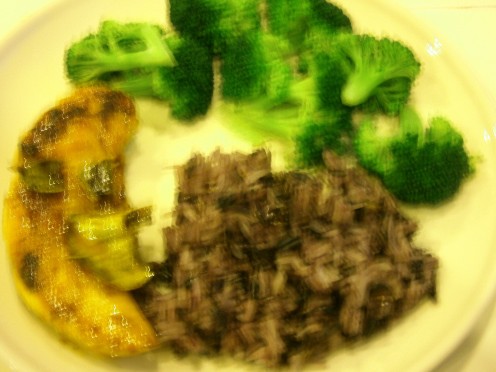
Eat Healthy Snacks.

Include lean and smaller portion of meat

Exercise
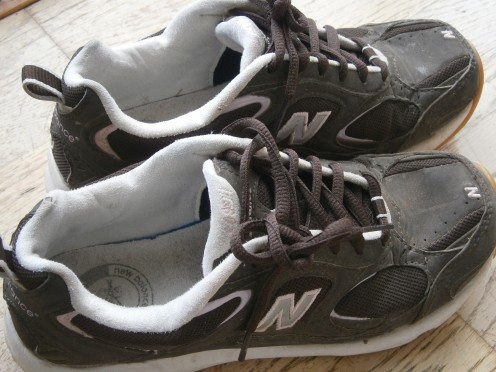
- Focus on Health Rather than Appearance
In this “thin- looks-better” world, the obsession with looking thin may be over-emphasized. Weight and appearance are often perceived as measures of happiness and self-worth. To counteract this negative mindset, focus on the health aspects of losing weight—weight gain is linked to a number of health risks such as hypertension, diabetes and cardiovascular disease. Maintaining an ideal weight will help to reduce health risks. Make that your focus and you'll be less flustered when the results are not as forthcoming as you want it to be.
- Adopt Active Lifestyle
Restricting calories is one way to help weight loss, but let’s not forget the other part of the equation: exercise. According to Mayo Clinic, regular exercise in tandem with healthy eating helps to prevent weight gain and maintain weight loss. How? Exercise helps to burn off the excess calories that may otherwise be converted into fat to be stored away by the body. The more intense the exercise, the more calories you’ll burn. Exercise may also help to reduce risks of certain diseases, promote more energy and improve mood, amongst others. Strive for at least 30 minutes of exercise each day.
- Stay Committed
Every now and then, there will be lapses and you may chide yourself for “falling” yet again or you may hit a plateau where nothing you do seems to move your scale down—in such instances, don’t be discouraged. Setbacks like these should not be viewed as failures but rather, as opportunities for you to develop strategies to help your future endeavors. Stay committed and keep at it. Success requires commitment and time.
Conclusion: Diet plans are a good way to jump start weight loss, especially for those who are overwhelmed and don't know where to begin. It's easy to get suck in by fad diet (see video below) with glowing promises to shed pounds, but they may be difficult to follow in the long haul. For enduring results, it's advisable to observe dietary intake, practice a healthy lifestyle and fitness regimen to maintain weight control. There are cases where medical intervention may be necessary to induce weight loss but that can best be determined by the doctor. It is always best to consult the doctor before embarking on any diet plan, especially if there is a preexisting health condition.
What do the experts say about the various diet plans out there. Here's a list of the best diet plans for the year 2014, evaluated by a panel of health experts:
http://www.huffingtonpost.com/2014/01/07/best-diets-worst-us-news_n_4549208.html?ref=topbar
How to spot a fad diet?
Here are some websites to help weight loss:
Weight Management and Calories :
Free Online Weight Loss Programs:
and if you're interested in reviews of other diet plans, check:
More weight loss plans reviews.
I hope that answers davemidtown's question:
What are your favorite forms of dieting? Which produce the best results?




